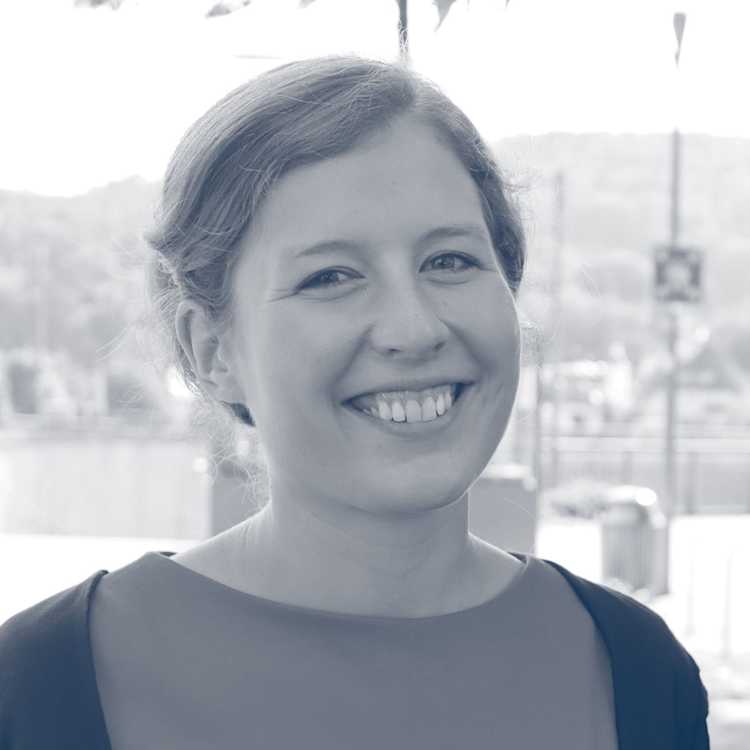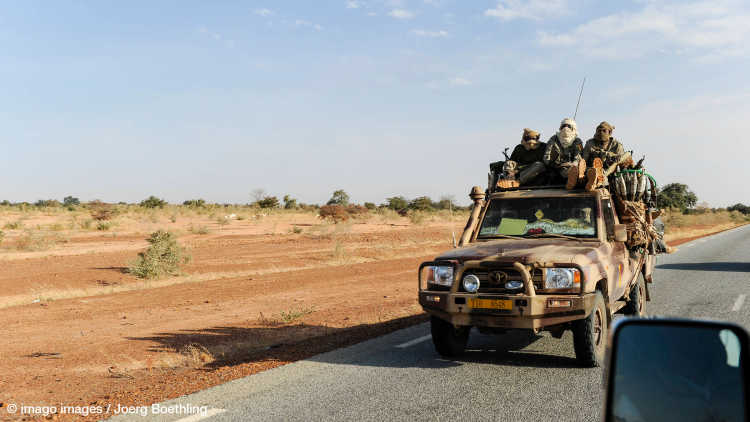- Startseite
- Forschung & Transfer
- Forschungsprojekte
- Religion für den Frieden: Identifizierung von Bedingungen und Mechanismen für interreligiösen Frieden
Religion für den Frieden: Identifizierung von Bedingungen und Mechanismen für interreligiösen Frieden
Religion ist zunehmend zu einem konfliktgeladenen Phänomen geworden und religiöse Gewalt und Diskriminierung nehmen weltweit zu. Allerdings gibt es auch viele Gesellschaften, die Beispiele für ein friedliches interreligiöses Zusammenleben sind. Wir leisten einen Beitrag zur empirischen Untersuchung des Zusammenhangs zwischen Religion und interreligiösem Frieden, insbesondere im Hinblick auf Elemente des positiven Friedens wie interreligiöse Zusammenarbeit. DFG, 2020-2024
Team
Leitung
Forschungsfragen
Konkrete Fragen sind:
1) Was sind die Bedingungen für friedliche interreligiöse Beziehungen weltweit?
2) Welche institutionellen, ideellen und anderen Faktoren begünstigen den Frieden, wenn bestimmte andere Bedingungen ihn nicht begünstigen?
3) Welche Mechanismen liegen dem Zusammenhang zwischen Religion und Frieden zugrunde?
4) Welche politischen Maßnahmen sind daher vielversprechend für die Schaffung von Frieden zwischen den Religionen?
Beitrag zu internationaler Forschung
Dieses Projekt leistet einen Beitrag zur rigorosen empirischen Untersuchung des Zusammenhangs zwischen Religion und interreligiösem Frieden, insbesondere im Hinblick auf Elemente des positiven Friedens wie die interreligiöse Zusammenarbeit.
Forschungsdesign und Methoden
Das Projekt untersuchte diese Fragen in einem mehrstufigen Forschungsdesign (z. B. Lieberman 2005; Poteete et al. 2010), das verschiedene Analyseebenen miteinander verbindet, um die Stärken qualitativer und quantitativer Strategien optimal zu nutzen. Zunächst wurde im Rahmen des Projekts die Theorie zu Religion und interreligiösem Frieden verfeinert, einschließlich der Entwicklung einer Konzeptualisierung des interreligiösen Friedens, die ausdrücklich Elemente positiven Friedens berücksichtigt. Anschließend nutzten wir einzigartige globale Daten - die in früheren Projekten gesammelt wurden -, die Informationen über Religion und Frieden liefern, um die globalen Bedingungen für interreligiösen Frieden zu ermitteln. Die länderübergreifende Analyse bildete die Grundlage für die Auswahl von Ländern, die trotz einer ungünstigen Demografie oder früherer Konflikterfahrung als „unwahrscheinliche Erfolgsgeschichten“ des interreligiösen Friedens gelten: Togo und Sierra Leone. Wir untersuchten die Gründe für den unwahrscheinlichen Erfolg der Aufrechterhaltung des interreligiösen Friedens mit Hilfe qualitativer Methoden und testeten Hypothesen zu kausalen Mechanismen die zu interreligiösem Frieden beitragen mit Experimenten. Diese Ergebnisse können dazu dienen, zusätzliche Faktoren, die den interreligiösen Frieden beeinflussen und die in der ursprünglichen quantitativen Analyse nicht berücksichtigt wurden, zu identifizieren, Daten zu sammeln und zu testen. Der letzte Schritt umfasste Aktivitäten, um die Ergebnisse des Projekts zu verbreiten, einschließlich Publikationsbestrebungen und Politikberatung in Gesellschaften, die von interreligiösen Konflikten bedroht sind.
Vorläufige Ergebnisse
Das Projekt definiert interreligiösen Frieden als Abwesenheit von interreligiöser physischer Gewalt, feindseligen Einstellungen und wahrgenommenen Bedrohungen sowie als Vorhandensein von interreligiöser Zusammenarbeit und Vertrauen. Ein systematischer Überblick der vorhandenen quantitativen Literatur zeigt, dass es kaum Forschungsarbeiten zu den religiösen Determinanten des interreligiösen Friedens gibt, insbesondere was die Rolle der religiösen Eliten und Institutionen betrifft. Die Bemühungen des Projekts, interreligiösen Frieden zu kartieren, zeigen große regionale Unterschiede. Insgesamt haben wir einen globalen Abwärtstrend beobachtet. In der globalen Vergleichsstudie untersuchte das Projekt drei wichtige religiöse Korrelate des Friedens: religiöse Ideen und Normen, die religiöse Demografie und die Beziehungen zwischen Staat und Religionen. Die Ergebnisse zeigen, wie wichtig staatliche Institutionen für den interreligiösen Frieden sind: Während Säkularisierung besonders wichtig für ein friedliches interreligiöses Zusammenleben zu sein scheint, untergräbt staatliche Diskriminierung den interreligiösen Frieden im Allgemeinen (Hoffmann et al. 2024).
Anhand von Togo und Sierra Leone - zwei unwahrscheinlichen Erfolgsgeschichten des interreligiösen Friedens - haben wir lokale Theorien zu den Faktoren zusammengestellt, die zum Erhalt des interreligiösen Friedens beitragen. Das gesammelte Wissen der Gesprächspartner in Togo und Sierra Leone deutet darauf hin, dass starke soziale Beziehungen und Normen, integrative religiöse Vorstellungen, gelebte Toleranz und institutionelle Zusammenarbeit sowie der staatliche Schutz der Religions- und Glaubensfreiheit den interreligiösen Frieden trotz ungünstiger Bedingungen schützen (Akinocho et al. 2024). Umfragen mit Bewohnern von Lomé und Freetown zeigen, dass pro-mixing Normen mit mehr Interaktionen zwischen Mitgliedern religiöser Gruppen verbunden sind. Im Gegensatz dazu sind Präferenzen vor allem mit Menschen zu interagieren zu wollen, die religiös ähnlich sind, ein Hindernis für interreligiöse Kontakte. Inklusive religiöse Ideen und das Wissen über religiöse Praktiken der Outgroup können Faktoren sein, die Präferenzen für den Kontakt mit religiös Ähnlichen mindern, während exklusive religiöse Vorstellungen diese verstärken. (Köbrich et al. 2023). In einer experimentellen Studie haben Videoclips mit Friedensbotschaften die Zusammenarbeit und die Bereitschaft zu Kontakten über religiöse Grenzen hinweg effektiv erhöht. Entgegen unseren Erwartungen erwiesen sich Videobotschaften von 'non-leadern' als mindestens ebenso wirksam wie die von religiösen Würdenträgern - wenn nicht sogar noch wirksamer.
Die Veröffentlichungen und und andere Ergebnisse des Projekts finden Sie unten.







